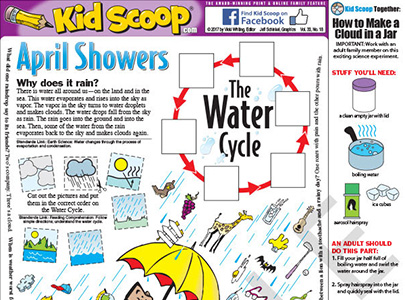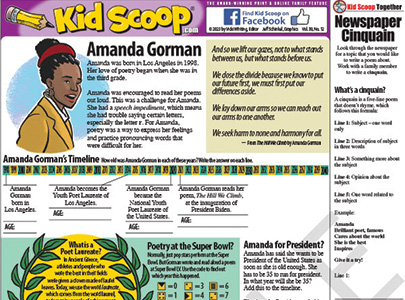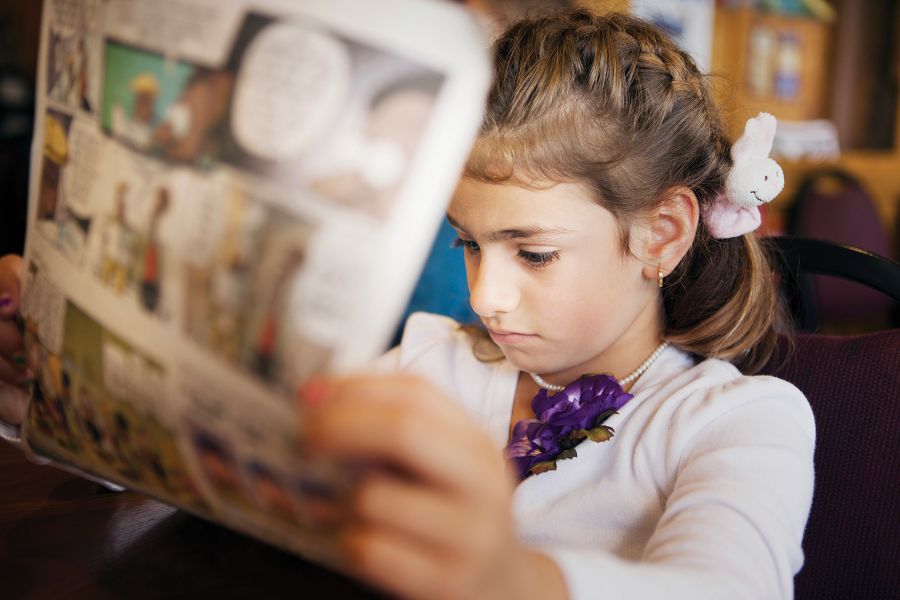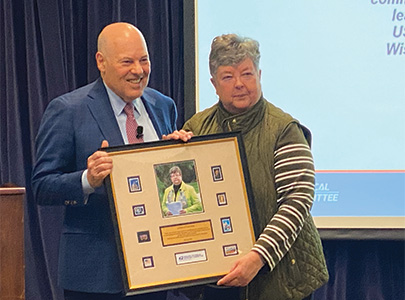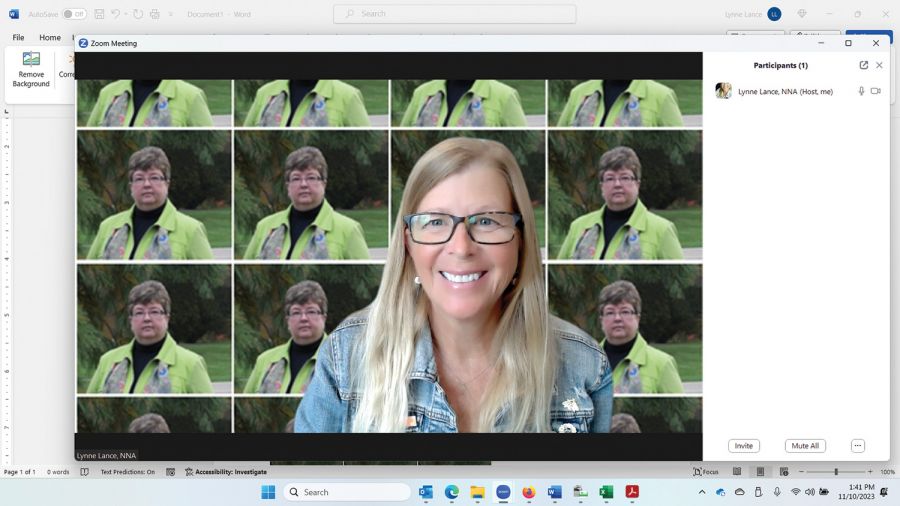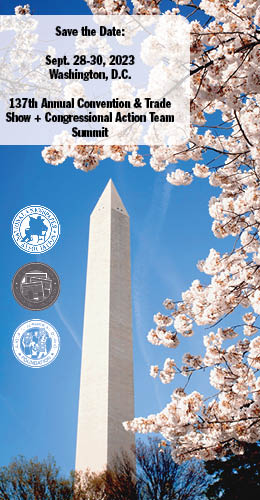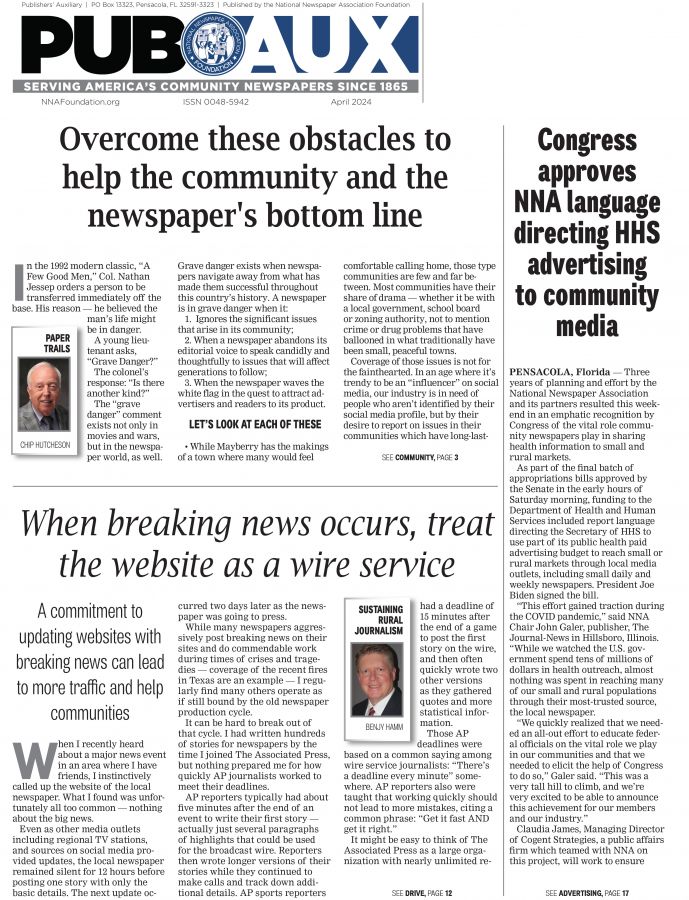Adopt your own Newspaper In Education program
May 31, 2013
Newspaper In Education is more vital than ever in community newspapers as larger metropolitan newspapers have converted entirely to online editions or dropped outreach programs that introduced young readers to newspapers.
DAWN KITCHELL
Missouri Press Association
Newspaper In Education is more vital than ever in community newspapers as larger metropolitan newspapers have converted entirely to online editions or dropped outreach programs that introduced young readers to newspapers.
Research has officially documented that Newspaper In Education programs do make a difference—in standardized test scores (important to our nation today) and in future reading habits (important to our industry tomorrow).
Electronic editions in the classroom are an exciting new opportunity, but many schools, particularly at the elementary level, do not have the technology in place to support an electronic Newspaper In Education program.
Regardless of platform preferences of teens and adults, newspaper companies must continue to introduce their product to children to begin the habit of reading newspapers for information and entertainment.
No one “owns” Newspaper In Education, and there is no one right way to have a Newspaper In Education program. In some communities, newspapers donate classroom newspapers, in others, the schools buy their own copies. Probably the most common practice is for newspapers to seek community sponsors to share in the cost of providing classroom newspapers. Many newspapers recognize the sponsors for those donations with thank-you ads or sponsorship tag lines on youth features, photos with classrooms, certificates, etc.
The goal of Newspaper In Education is to put young people in contact with a newspaper. Many homes don’t offer that contact these days, and by working through the schools, the newspaper can:
- Provide teachers a resource for reinforcing concepts being taught in the classroom by providing real-life application.
- Offer a reading resource that provides primarily non-fiction writing with subjects of interest to many. Today’s classrooms are required to use more “informational text” that newspapers provide.
- Help districts meet their goals of raising standardized test scores.
- Promote greater civic awareness to young readers in your community.
- Introduce the medium to young readers—the organization of a newspaper, the handling of a newspaper, the contents of a newspaper and the value of a newspaper.
- Encourage teachers to send the newspapers home at the end of the classroom study. The newspaper will continue to work, encouraging family discussion on what was learned with the newspaper at school and offering the opportunity for parents and children to read the newspaper together.
The first step in creating a Newspaper In Education program is to plan what you will offer your teachers. What issues will you circulate, how will you get them to the schools and how many copies will you provide each classroom. (The ideal is one copy per student and one copy for each teacher.)
The second step is determining what youth content is in your newspaper, or can be added, that will appeal to teachers and young readers. Do you already have features or coverage that will appeal to that audience? Can you afford to publish a serial story (both the cost of the serial, which varies, and the cost of the space)? Will your newspaper buy a regular youth feature, which can range from quarter page to full page?
Another option is to locate free material or purchase a teacher guide your newspaper can distribute that would offer teachers suggestions for using your typical content to teach.
There are several resources for Newspaper In Education material. There are vendors that price their material based on circulation. There are national and regional associations that offer material for a small fee and some that do it for free. And a few state newspaper associations provide Newspaper In Education materials as a service to their members.
The Missouri Press Foundation offers free Newspaper In Education features to newspapers nationwide and also sells low-cost, ready-to-print serial stories, many with companion teacher guides. Learn more at www.mopress.com.
Through June 30, 2013, National Newspaper Association member newspapers have access to an MPF serial at no cost through the Reading Across the Nation project. This is the fourth year the National Newspaper Association Foundation and Missouri Press Foundation have partnered to offer a serialized story. To learn more about the project and the story, “Manny Kicks Long Ear Lore,” visit www.nnaweb.org and click on NNA News.
Don’t overlook your local educators for Newspaper In Education content. Many are willing to work with you to write teaching activities specifically for your newspaper. Those folks will know what is important to your school administration and are a good resource for helping you get your program under way.
Once all of this has been determined, funding your program must be considered. If you seek outside support, how will you structure that support? Are there any regulations you have to adhere to, such as postal requirements or Alliance for Audited Media (formerly ABC) guidelines? Will you structure your support as an adopt-a-classroom sponsorship for smaller programs or donation levels for larger programs?
The next step is reaching out to teachers. Some newspapers go through the administration, others contact teachers directly, and, in larger markets, newspapers may create in-paper, mail or e-mail promotions to attract participation in their Newspaper In Education programs.
Finally, before starting a Newspaper In Education program, your newspaper needs to make a commitment to continue Newspaper In Education project support. Once you have a teacher committed to using the newspaper with his or her students, the worst thing you can do is pull that resource from him or her.
There are several resources I would suggest to you:
- The National Newspaper Association publishes Newspaper In Education features periodically in its monthly newspaper, Publishers’ Auxiliary, highlighting successful efforts by newspapers across the nation. NNA also has volunteers available to help its member newspapers reach out to young readers in their communities.
- Contact your state press association and ask if there is a staff person, a standing committee or any other Newspaper In Education organization in your state. Several states have Newspaper In Education committees not affiliated with their state press associations.
- Research successful Newspaper In Education programs in your state, region or nearby state and contact the manager. Newspaper In Education professionals are known for their generosity in helping advance youth readership.
- Visit the American Press Institute’s website, www.americanpressinstitute.org. The resources there are available to all newspapers.
- Visit the Missouri Press Foundation’s www.mo-nie.com and use download code nnastart to access resources on getting a Newspapers In Education program started, including sample letters, evaluations, order forms and thank you ads.
As you embark on a new year of newspapering, make a commitment to reach out to young readers. It’s not an all or nothing endeavor. A few small steps will put you on your way with something to build upon. Here is a checklist you can use.


